Specifications
| Title | The Large Glass and Related Works (Volume I) |
|---|---|
| Material and technique | Silkscreenprint and plexiglass |
| Object type |
Cassette
> Book
> Forms of information and communication
> Utensil
|
| Location | This object is in storage |
| Dimensions |
Height 43,2 cm Length 26,8 cm Width 7,5 cm |
|---|---|
| Artists |
Graphic artist:
Marcel Duchamp
Publisher: Galleria Schwarz |
| Accession number | MB 1989/8 a 1 (MK) |
| Credits | Purchased 1989 |
| Department | Modern Art |
| Acquisition date | 1989 |
| Creation date | in 1967 |
| Provenance | Antiquariat Buchhandel M. und R. Fricke, Düsseldorf |
| Exhibitions | Milan 1972-73*; Rotterdam 1996a; Rotterdam 1998a |
| Research |
Show research A dream collection - Surrealism in Museum Boijmans Van Beuningen |
| Literature | Schwarz 2000 pp. 855-63, cat. no. 643; Naumann 1999*, cat. no. 116; Von Berswordt-Wallrabe 2003, pp. 215-31, Marcadé 2007, p. 486 |
| Material | |
| Object | |
| Technique |
Etching
> Manual
> Intaglio printing techniques
> Printing technique
> Technique
> Material and technique
|
| Geographical origin | France > Western Europe > Europe |
Do you have corrections or additional information about this work? Please, send us a message


























